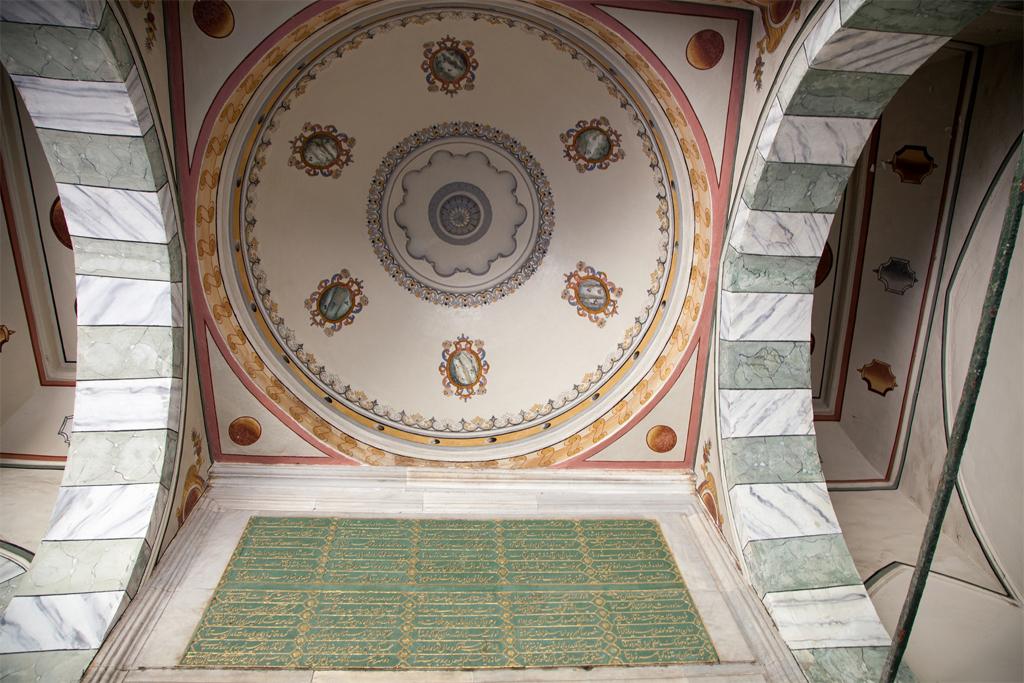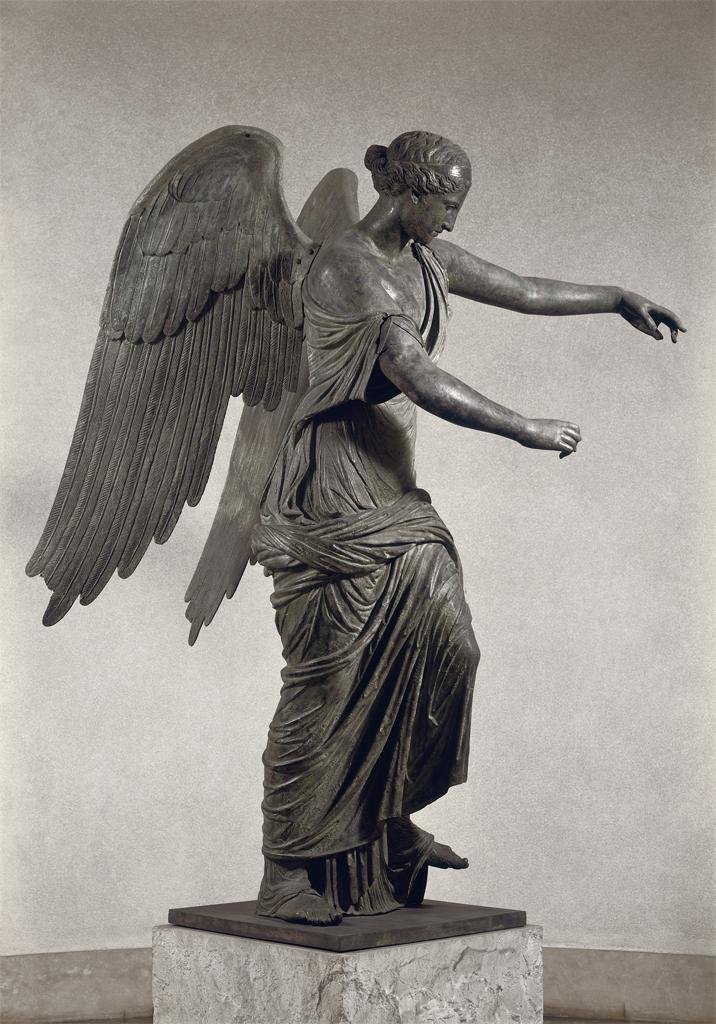On 19 February 356 Emperor Constantius II issued a decree closing all the pagan temples in the Roman Empire. By 353 Constantius, whose personal maxim was: “Cesset superstitio; sacrificiorum aboleatur insania” (Let superstition cease; let the folly of sacrifices be abolished), had already prohibited pagan sacrifice under the penalty of death. In addition to closing the temples, the emperor also forbade access to them altogehter, and ended their subsidies of public taxes. With the collapse of official government-sanctioned pagan rites, private cults attempted to infiltrate the temples. Christian Senators lobbied Constantius to reconsecrate temple grounds as churches.
These actions escalated inter-and intra-sectarian tensions which were marked by acts of iconoclasm and, more often, the repurposing of imagery, sculpture, and architecture from one belief system to another.
The Topkapi Palace, a UNESCO World Heritage Site since 1985 and the official residence of the Ottoman Sultans between 1465-1856, today contains some of the most holy relics of the Muslim world. It is also a site of the confusing heritage going back to the ancient world and early Christianity. The palace itself was constructed circa 1459-1465 by order of Sultan Mehmed II. Hagia Irene is a former Eastern Orthodox Church located in the palace’s courtyard. Built on a site of a former pagan temple, the church is regarded as the earliest one built in Constantinople. Ordered to be built by Roman Emperor Constantine I, the first Hagia Irene was built circa 306-337. Burned down during the Nike revolt in 532, the church was rebuilt by Emperor Justinian I in 548. It served as the Seat of the Patriarchate before Hagia Sophia was completed. Damaged by an earthquake in the 8th century, Emperor Constantine V ordered restorations circa 741-775, with its famous mosaics and frescoes inside dated to these restorations.
Similarly, in 357 Constantius removed the Altar of Victory in the Roman Senate house. This altar had been installed by Augustus in 29 BCE; each Senator had traditionally made a sacrifice upon the altar before entering the hall. This altar was soon, quietly, restored.
Ultimately, at least in the time of Constantius II, the government’s policies could not be rigidly executed due the strength of paganism among the population. No matter what the imperial edicts declared in their fearful threats, the vast numbers of pagans, and the passive resistance of pagan governors and magistrates rendered them largely impotent in their application. However, the effects of policy were enough to contribute to a widespread trend towards Christian conversion, though not enough to make paganism extinct.
Reference: Robert Turcan, The Gods of Ancient Rome. London: Taylor and Francis, 2013.
The Topkapi Palace, which contains the Hagia Irene. a former Eastern Orthodox Church located in the courtyard, built on a site of a former pagan temple
Temple of Isis, First Century, Delos Greece. Bryn Mawr College Archives.
Isis, Temple of Isis, First Century, Pompeii. Museo archeologico nazionale di Napoli. Number10-02-02/28.
Vittoria Alata (Nike of Brescia), First Century, Roman copy of a 4th century BCE original, found in the Temple of Vespasian, Brescia. Museo di Santa Giulia (Brescia, Italy).
Temple of Hathor; view of the ceiling of the pronaos showing Nut giving birth to the Sun, c. 54 BCE – 34 CE, Dandara, Egypt. Scala Archives.
Temple of Antoninus and Faustian,141. Roman Forum, Rome. Built beside the Via Sacra. A Baroque façade was added in 1602 when the temple was transformed into the church of S Lorenzo in Miranda.
Further Reading: Edward Jay Watts. The Final Pagan Generation.Oakland, California: University of California Press, 2015
Stephen Benko. Pagan Rome and the Early Christians. London: Batsford, 1986.




